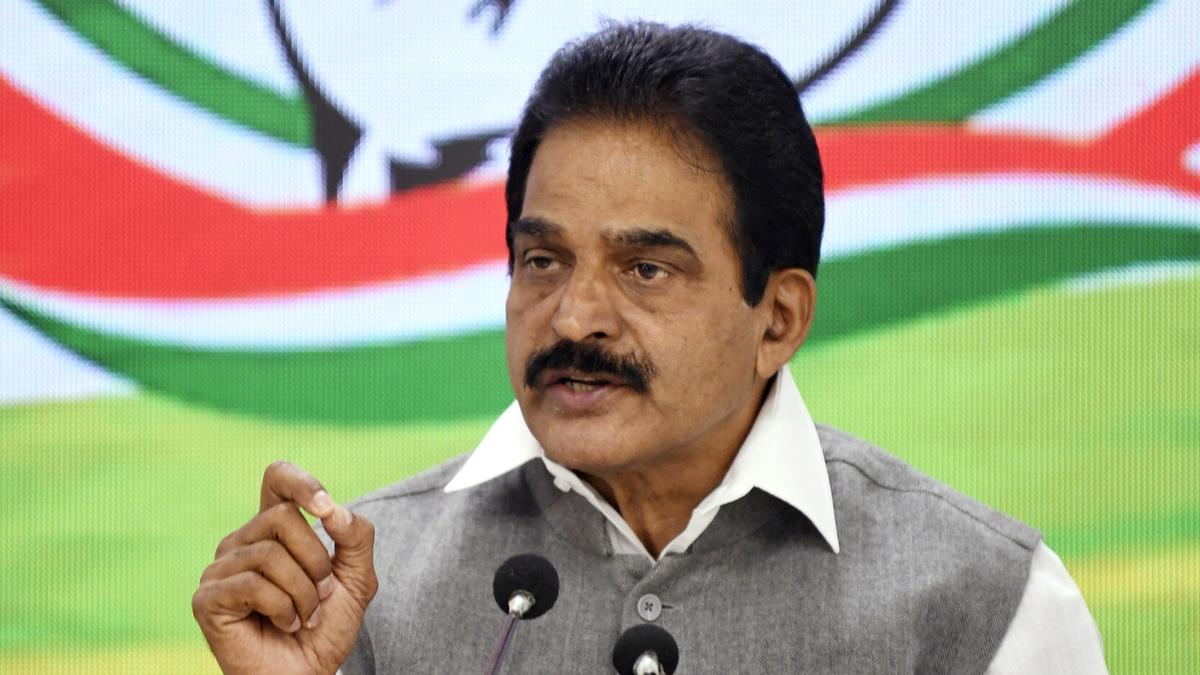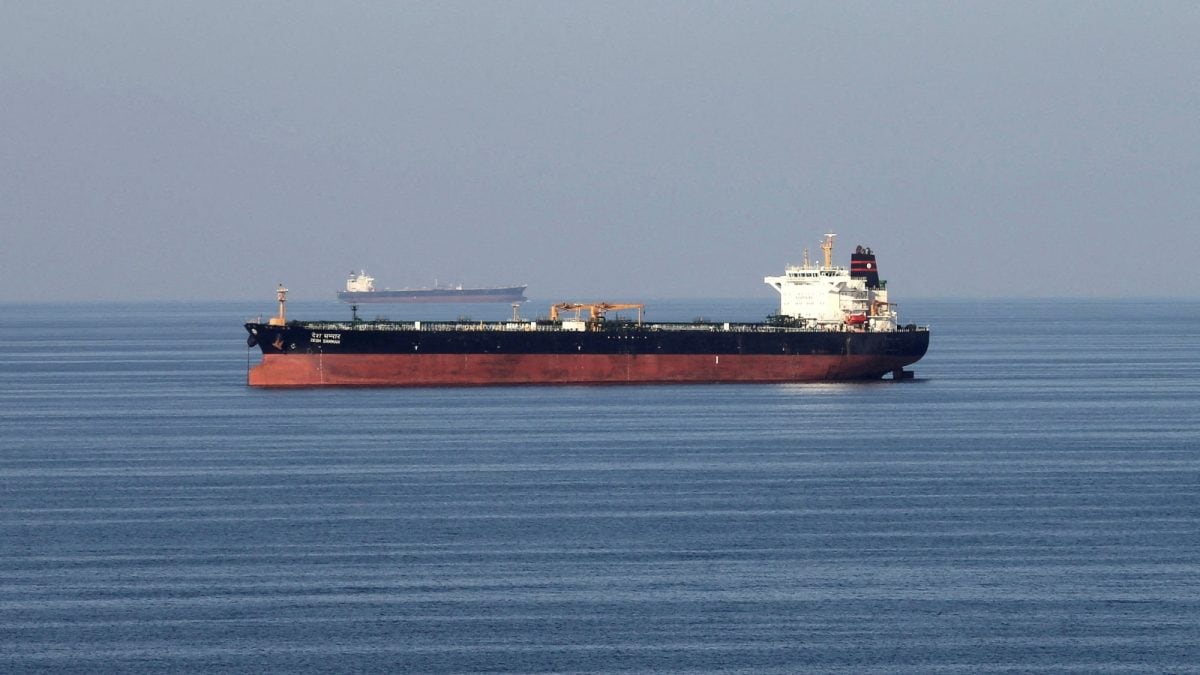The AP Inland Waterways Authority (APIWA) organised a stakeholders’ consultation meeting to chart the inland waterways vision in Vijayawada on Thursday.
Addressing the gathering, the Infrastructure and Investment (I&I) Minister, BC Janardhan Reddy, said that in a major policy push towards sustainable transport and economic decentralisation, Andhra Pradesh has laid out an ambitious roadmap to make inland waterways a core component of its logistics infrastructure. With 978 kilometres of national waterways and 57 rivers, Andhra Pradesh is among India’s most water-rich States. The Andhra Pradesh Inland Waterways Act, 2023, and the Central Inland Vessels Act, 2021, provide the regulatory foundation to enable safe and modern navigation practices.
He said: “The government aims to reduce dependency on road transport and cut carbon emissions by leveraging this natural advantage. Key corridors like National Waterway–4 (Krishna–Godavari canal system) and NW–79 (Penna River) already link industrial centres to major ports such as Kakinada, Machilipatnam, and Krishnapatnam. Barges operating on these waterways can carry up to 2,200 tonnes—nine times more fuel-efficient than trucks. Current cargo movement of 8 million tonnes per annum is projected to rise to 14 million tonnes with projects like the Bandar Canal and Krishna River Ro-Ro corridors.”
APIWA Chairman Z. Siva Prasad emphasised the importance of Public-Private Partnerships (PPPs) to overcome fiscal limitations and accelerate development. Strategic initiatives include Ro-Ro freight services, cruise and temple tourism, and port connectivity enhancements. Over 50 industrial clusters are being planned along river corridors to promote regional growth.
APIWA also announced its pioneering role as the first State authority to digitally integrate vessel data with the NAVIK national database, ensuring real-time governance and operational transparency.
Calling for collaboration, the Chairman urged the Union and State governments to integrate inland waterways with road, rail, and port infrastructure for a seamless logistics grid.
He said: “This is more than an authority—it’s a movement to revive our rivers as engines of prosperity,” aligning the vision with the State’s long-term development goal—Swarna Andhra 2047.



.png)
.png)
.png)
















 3 hours ago
7
3 hours ago
7








 English (US) ·
English (US) ·